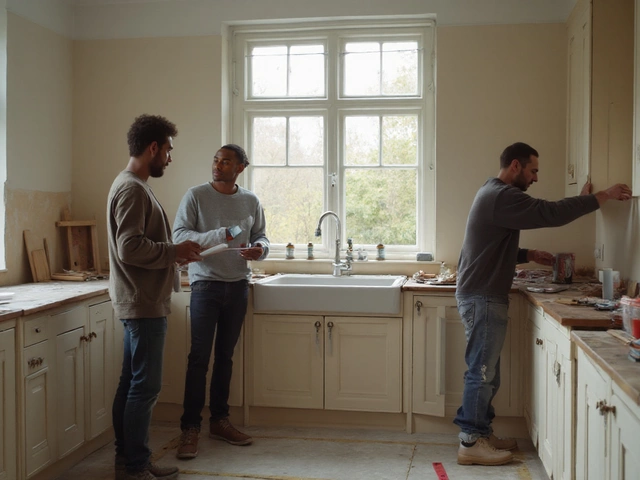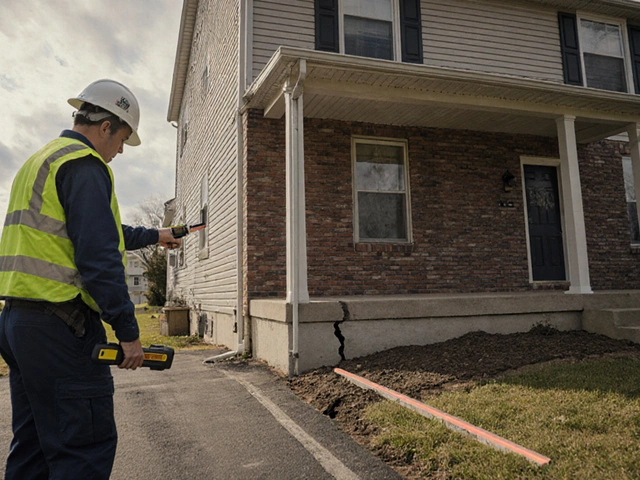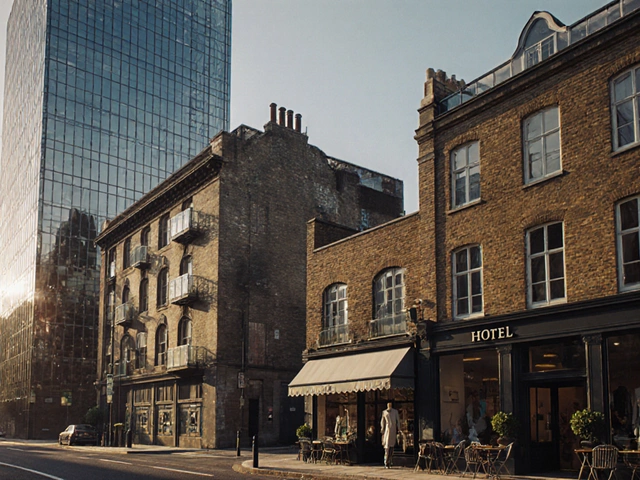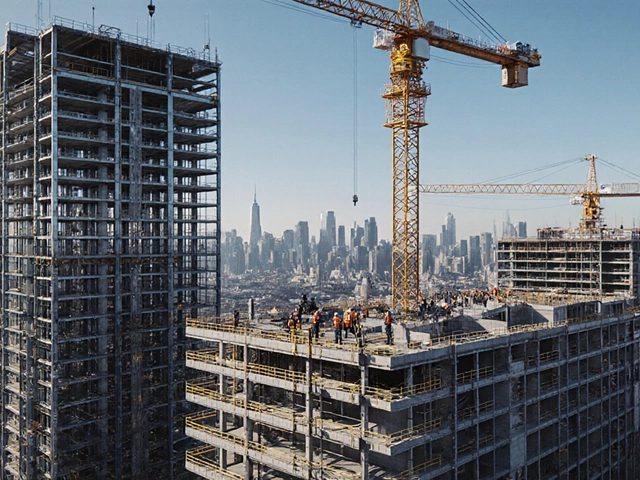Understanding Building Settlement Time
When you buy or build a house, the ground underneath it isn’t static. It shifts, squeezes, and settles, especially in the first few years. Knowing how long settlement takes and what to watch for can save you from nasty cracks and costly repairs.
What Causes a Building to Settle?
Settlement happens when soil compresses under the weight of the structure. Clay soils shrink when they dry, sand can compact, and loose fill can rearrange. Poor compaction during excavation, high water tables, or sudden changes in moisture all speed up the process. Seasonal temperature swings also affect soil volume, and nearby trees can draw water away, leaving the ground drier and more prone to sinking. Construction errors like undersized footings or uneven loads add extra pressure that forces the soil to move faster.
Typical Settlement Time Frames
Most new homes settle the most during the first 12‑18 months. After that, movement slows down but can still occur for up to 20 years, especially in older houses with changing drainage patterns. A house built on a slope may keep adjusting longer than one on flat ground. Foundation type matters too: slab‑on‑grade often sees less vertical movement than deep pier foundations, which can react more to soil shifts. Regional climate plays a role; areas with heavy rain or freeze‑thaw cycles usually experience longer settlement periods than dry zones.
Common signs that settlement is happening include: cracks that start at ceiling joints, doors that stick, windows that won’t close properly, and uneven floors. These symptoms often start small, then grow if the underlying cause isn’t addressed. You might also notice gaps around baseboards or a sloping patio. Keeping an eye on these clues early helps you act before the problem spreads.
To keep settlement in check, start with proper site preparation. A good contractor will compact the soil in layers, install a stable gravel base, and use footings that spread the load evenly. Proper drainage—like French drains or gutters that direct water away from the foundation—prevents moisture swings that trigger soil movement. Adding a moisture barrier under the slab can also reduce the soil’s tendency to expand and contract.
If you notice cracks, don’t ignore them. Small hairline cracks in plaster can be patched, but cracks that widen or appear near the foundation may need a structural engineer’s opinion. Early repair is usually cheaper than waiting for the problem to spread. Engineers often recommend epoxy injection for stable walls, or underpinning if the footing has sunk too far.
When should you call a professional? If doors and windows start jamming after a year of stable use, or if you see stair‑step cracks in exterior brick, bring in a foundation specialist. They can test soil moisture, check footing depth, and recommend solutions like piering, underpinning, or soil stabilization. A quick on‑site survey can reveal whether the movement is normal settling or a sign of a deeper issue.
Remember, not every movement means disaster. A little settling is normal and often harmless. The key is to monitor your home, keep the ground dry, and act fast when new cracks appear. Simple DIY checks—like placing a level on interior walls every few months or measuring the distance between a door frame and the floor—can give you early warning. With the right preparation and timely checks, building settlement time becomes a manageable part of owning a home.
How Long Does a New Building Take to Settle? Real Numbers & What to Expect

Curious about how long it takes for a new building to settle? This article breaks down real timelines, key factors that impact settling, and what homeowners can expect in the first several years after moving in. Get practical tips on how to spot harmless settling versus issues that need attention. Save yourself stress by learning what's truly normal during your home's settling phase.
read more



